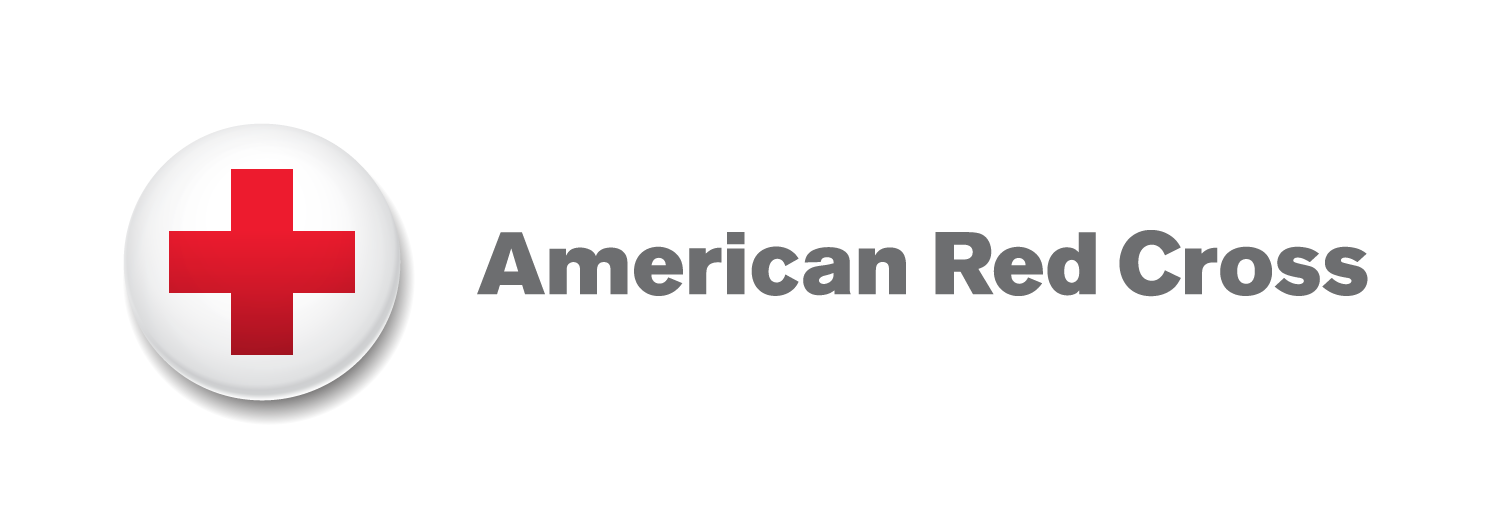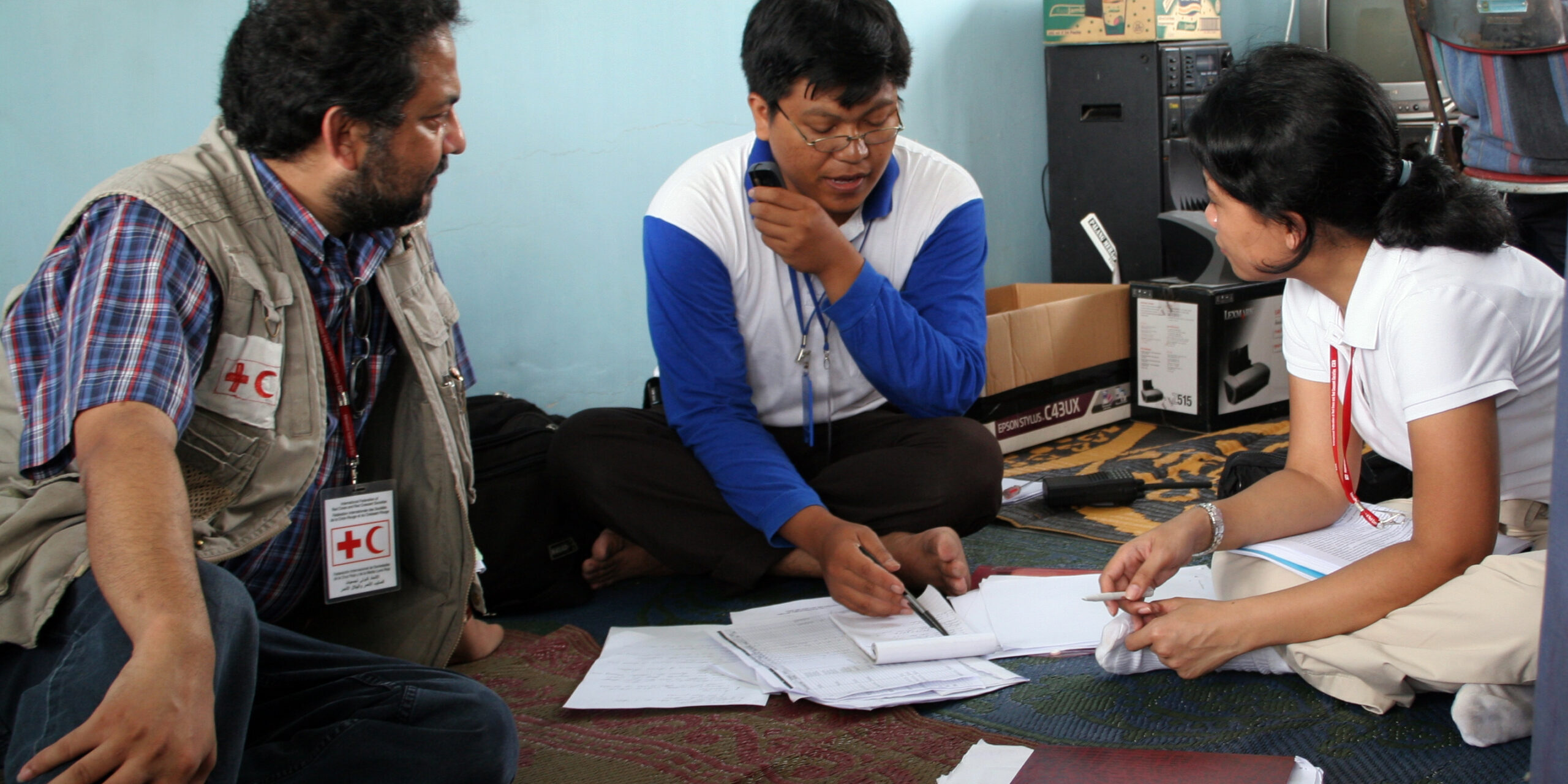
Plan
Best practice standards, a menu of resources, and step by step guidance for DMERL (Design, Monitoring, Evaluation, Research & Learning) in each phase of the project management cycle.
Why Plan?
Planning is about turning the vision and process developed in the Design phase into action. Once you have identified the results you want to achieve and the approach you want to take, you need to plan how you will do.
A well-planned project has:
- Clear objectives and scope: Building on your Theory of Change (ToC), your plan defines what you want to do (and what you don’t) to achieve your goals.
- Better management of risks: You watch and mitigate your risks.
- More efficient resource allocation: You will have sufficient resources to achieve your DMERL actions to enable project success.
- Clearly identified roles and dependencies: Everyone will know who should do what and when and what is required to make it happen.
- Good communication: Everyone will know how they need to contribute to achieving change.
- Ability to adapt to change: Humanitarian program teams often work in volatile contexts. Building flexibility into your plan helps you stay on course, even if conditions change.
Best Practice Standards
This DMERL Framework shares two Best Practice Standards for the Plan phase of DMERL in the Project Management Cycle.
Key Resources on Planning in DMERL

Guidelines:
Tools:
General Resources:
How to Plan a Humanitarian Project
Step 1 - Create a Monitoring, Evaluation and Learning (MEL) Plan
The MEL Plan should be based on your Theory of Change (TOC) and LogFrame and meet basic criteria for indicators, data collection, Community Engagement and Accountability (CEA) or Accountability to Affected Populations (AAP), Learning, and Evaluative actions. Additionally, the MEL plan should have sufficient budget, timeline and clear roles and responsibilities. The American Red Cross has developed an interactive e-learning course titled "Creating a Thoughtful MEL Plan from Your Theory of Change" that dives deep into this step. Please go to the recommended e-learning courses page of the Framework to link to the course.
Step 2 - Use project management tools for planning
You can use project management tools to plan out what you need to implement your project, as well as its MEL Plan. Some of the main tools are:
- a work plan or the flow of project activities either in an Excel or a project management software or subscription program
- a RACI matrix, which is usually a simple table that identifies which stakeholders on a project should be responsible (R), accountable (A), consulted (C) or informed (I)
- a risk log to identify risks based on the assumptions in the Theory of Change and other time, scope, and budget analysis
- A project scorecard is like a MEL dashboard that you can use to check on your key performance indicators (KPIs) or activity milestones. You can use this visualization of performance to quickly confirm progress and identify potential problems
Step 3 - Design data management system
Your data management must be responsible: protect people’s data rights by responsibly handling data at every stage of the data lifecycle. Ensure human data is de-identified when possible, strictly accessible only to relevant members of the DMERL team and stored and shared securely. You should do this by developing ethical data collection protocols (e.g., informed consent) and do data impact assessment that identifies and plans for data issues.
You should right-size your data management to your needs and resources: there is a wide range of tools and techniques in every data life cycle stage (e.g., data collection, processing, storing and analysis and visualization). Your data management can be a manual or use IT solutions (e.g., Excel, Google, SPSS). If you have the resources, you can create a management information system, using fee-based options (e.g., KOBO or Power BI).
Knowledge Management & Learning at the Center of Planning
One way to incorporate Learning into the Planning phase is by connecting staff across units through cross team collaboration during planning processes. This helps us better understand the value of how different activities will help achieve design aims, often leveraging staff experience and tacit knowledge to plan future activities.